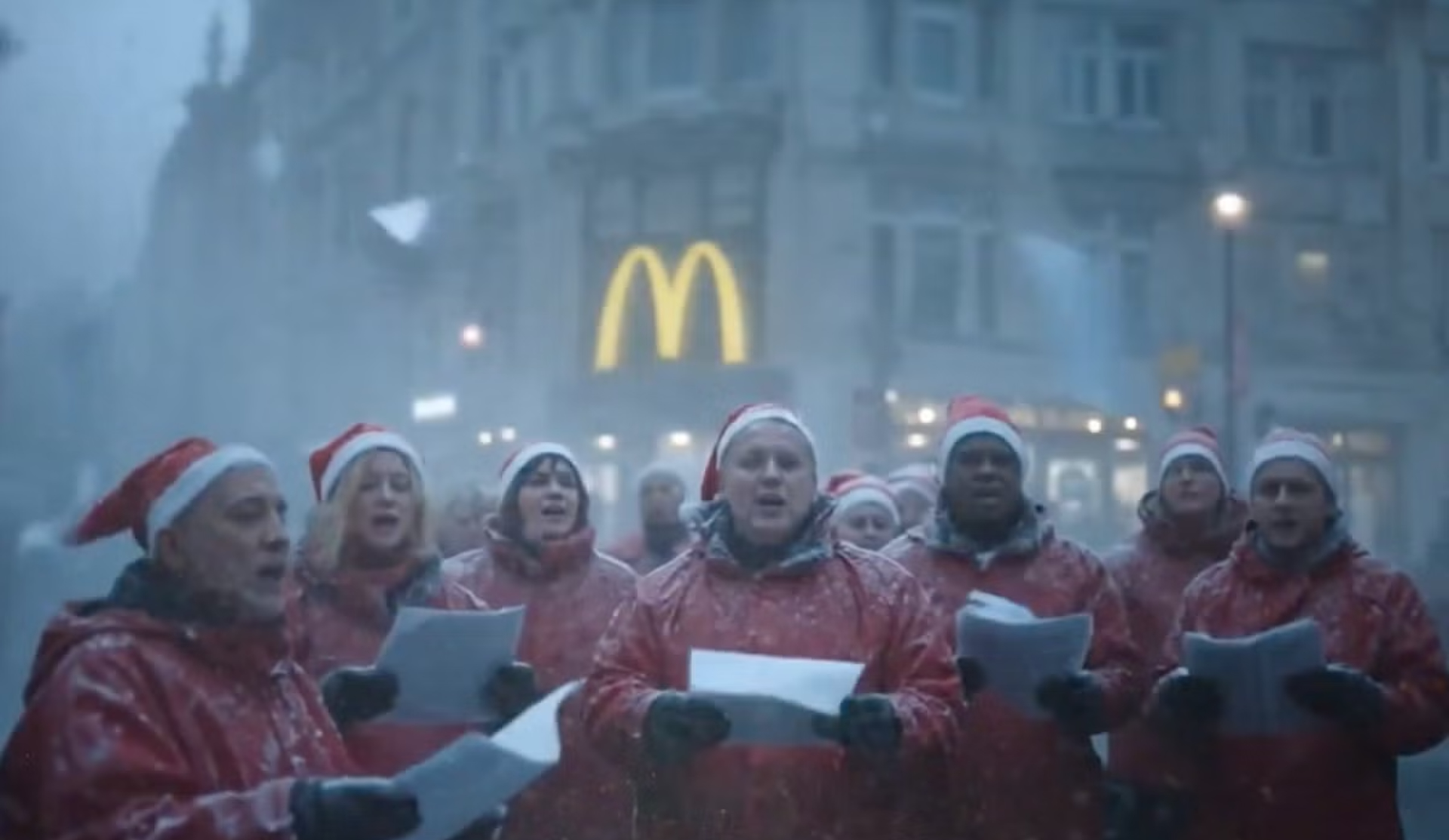Animating the incredibles: Andrew Gordon on 15 years at Pixar
Andrew Gordon has a secret room in his office. Steve Jobs has visited. John Lasseter, too. We talk exclusively to one of Pixar's leading animators about this and more!

Since joining Pixar in 1997, Andrew Gordon has been an animator on numerous feature films, including A Bug's Life, Monsters Inc., Finding Nemo, The Incredibles, Ratatouille and Toy Story 3. Gordon also supervised animation on Pixar’s Academy Award nominated short film Presto.
In this exclusive interview he reveals all about his career so far, how life has changed at Pixar over the last 15 years and his secret room. Excited? So are we!
- Also read: The 20 best 3D movies for 2012
When did your interest in animation begin?
"Well I actually got into a little bit backwards. My parents bought a Tandy 1000 computer back in the 80s and it had the ability to do very simple graphics. So I started playing these Sierra On-Line games, they had very colourful graphics and interesting stories.
I bought a Commodore Amiga, which let you do a lot of very good graphics and animation
"After a while I started wondering how these games were made, when I discovered a program called Deluxe Paint 3, which allowed you to draw on the computer. So I bought it and started copying images of different things and it was then that I really started playing around with computer art. I quickly realised that I wanted to get to the next level so I ended up getting a computer called a Commodore Amiga, which let you do a lot of very good graphics and animation.
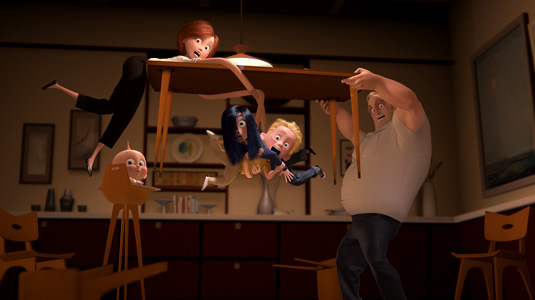
"I started just tinkering with animation on my computer and I realised that I really wanted to do this. But I didn’t understand how I could become an animator. People in high school told me that if I wanted to get into computer graphics I had to go and learn how to be a programmer. They sent me the wrong direction at first. But I quickly realised that I actually needed to go to art school.
I did a lot of internships - I worked my butt off!
"So off I went, at the same time I worked around New York City, doing a lot of internships with companies that had computer graphics. I just worked my butt off! It was during this time that I really realised what I wanted to do; I was interested in texturing and model building but I was more interested in character animation. And everybody said if that's what I wanted to do, I had to go and draw animation first, learn it in 2D."
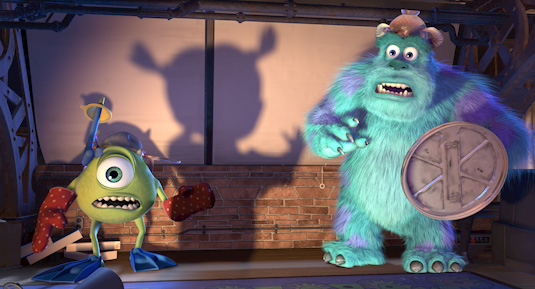
What was your first job in the industry?
"To learn my craft in 2D, I went to Vancouver School of Animation. After about six months of being there, a recruiter from Warner Brothers visited to look for animators. He recruited myself, Mike Venturini and another guy called Tom Hyman and we all went down to LA. Ironically, myself and Mike are now at Pixar. We stuck together.
Daily design news, reviews, how-tos and more, as picked by the editors.
I worked in the Looney Tunes division
"I worked on a lot of the Warner Bros projects that were shorts or theme park related jobs, I worked in classics, which was the Looney Tunes division. I spent a lot of time on a project called Marvin the Martian and the 3rd Dimension, which was a 2D style, 3D cartoon.
"It was very new for its time but it was basically trying to make a cartoon look three dimensional, which is no big deal now but back then it was being worked on by everybody. PDI, Dreamquest, Rhythm & Hues; just about every studio had their hand in that short at one time."
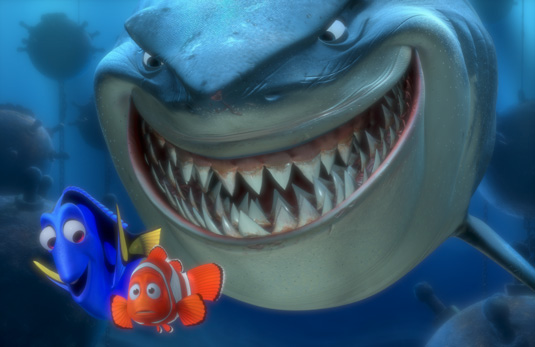
How did you make the move from Warner Bros to Pixar?
"While working at Warner Bros, I continued developing my own personal animation tests. Steve Segal, who was an animator at the time at Pixar, saw some of the tests I was doing on an old forum called Ch-Char. It was a place for looking at animation and getting feedback. Actually one of the first places to do so.
The director at the time said my style was too cartoony for them
"So Steve suggested I send my portfolio to Pixar, which I did and ended up with an interview to work on Toy Story 2. But the director at that time said ‘Thanks but no thanks, you’re style is a little too cartoony for us’. It was interesting; I went back with my tail between my legs. I was like, ‘well there goes my chance of working at Pixar’.
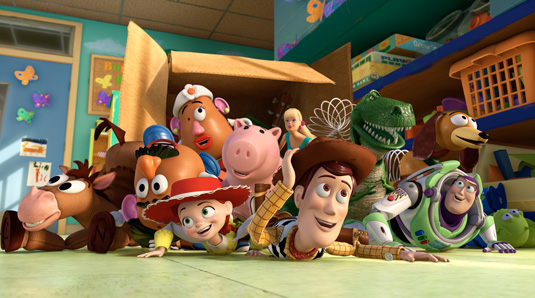
"Then I interviewed with all these other positions in LA. I had an interview with Dreamworks, they were working on Shrek. There were other projects like Hercules, I could have worked at Blue Sky - I had quite a few offers actually. But right before I was going to take one with one of those companies, Pixar called me back and asked if I'd be willing to interview for A Bug’s Life. I did and that’s how I got the job."
How has life changed at Pixar over the last 15 years?
"When I first started at Pixar, it was very small. But it was big in the sense of a computer graphics company. I went from Warner Bros, which is a giant company and felt very corporate, to Pixar ,which was kind of like this little family of people that basically started the industry in terms of what they invented, motion blur and rendering.
I didn’t know too much about Steve but I knew that he ran Apple
"They were like the pioneers, so I was walking around seeing some of the people that I idolised in some ways. I would see Steve Jobs walking around the halls. I didn’t know too much about Steve but I knew that he ran Apple. John Lasseter would be doing walk throughs in your office - everything was very small and very, very tight knit.
"As the years passed the company got bigger and bigger, going from, when I started, about 300 people to now roughly 1300 people. So it's less interactions with those people just in the way that if any company that grows and becomes successful. But it still has that same great feel as in the beginning; it’s just that it is divided up more.

And how has your workflow changed in that time?
"When you’re young and first starting, you’re just trying to prove yourself, trying to do as much good work as possible. You work long hours and that never really changes, you always want to do good work. But when you have a family and want to get home a little earlier, it changes a bit and obviously the work changes as well.
I've always just loved animating, I never even thought of it as a job
"I've always just loved animating, I never even thought of it as a job. It’s just something I love to do. Some of the things I’m doing now are a little more about looking at helping other animators do their job. And so it’s a different kind of job and I enjoy a lot of aspects of it but I still sometimes love the simplicity of just animating.
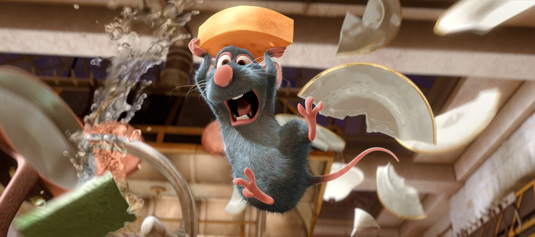
"One of the animators here, Mark Walsh, explained animation like diving. When you jump into your scene, it's almost like going underwater because you’re surrounded by the animation. You’re in the world of the shot.
I still love the simplicity of just animating
"When you’re a director or a directing animator, your head is in a million different places all the time, thinking about continuity reviews, dailies, walkthroughs, the process of looking at the finished shot – there’s so much to think about."

The Creative Bloq team is made up of a group of art and design enthusiasts, and has changed and evolved since Creative Bloq began back in 2012. The current website team consists of eight full-time members of staff: Editor Georgia Coggan, Deputy Editor Rosie Hilder, Ecommerce Editor Beren Neale, Senior News Editor Daniel Piper, Editor, Digital Art and 3D Ian Dean, Tech Reviews Editor Erlingur Einarsson, Ecommerce Writer Beth Nicholls and Staff Writer Natalie Fear, as well as a roster of freelancers from around the world. The ImagineFX magazine team also pitch in, ensuring that content from leading digital art publication ImagineFX is represented on Creative Bloq.
